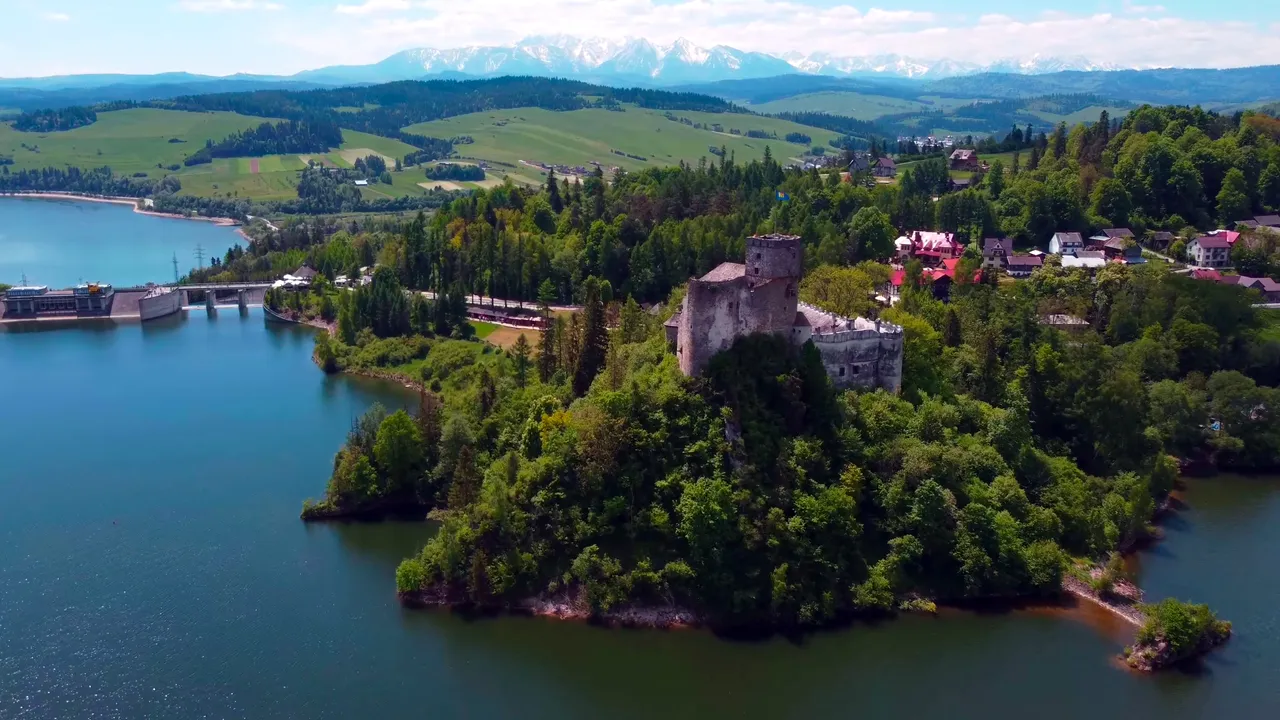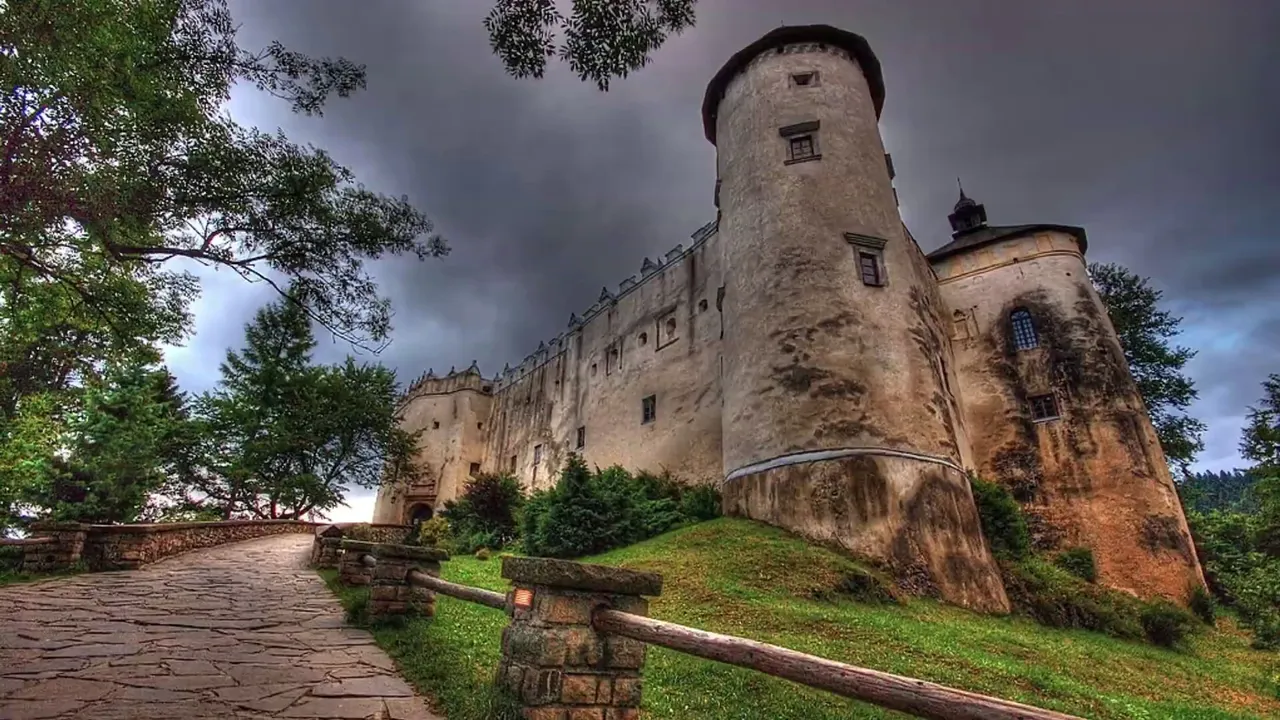
There are two beautiful strongholds on the beautiful Czorsztyn Reservoir. On one side of the reservoir there is the castle in Czorsztyn, and on the other side, the castle in Niedzica. The original name of the castle in Niedzica was "Castrum de Dunajecz".
Nad pięknym zalewem Czorsztyńskim znajdują się dwie piękne warownie. Po jednej stronie zalewu stoi zamek w Czorsztynie, po drugiej zaś zamek w Niedzicy. Pierwotna nazwa zamku w Niedzicy brzmiała ,,Castrum de Dunajecz,,.
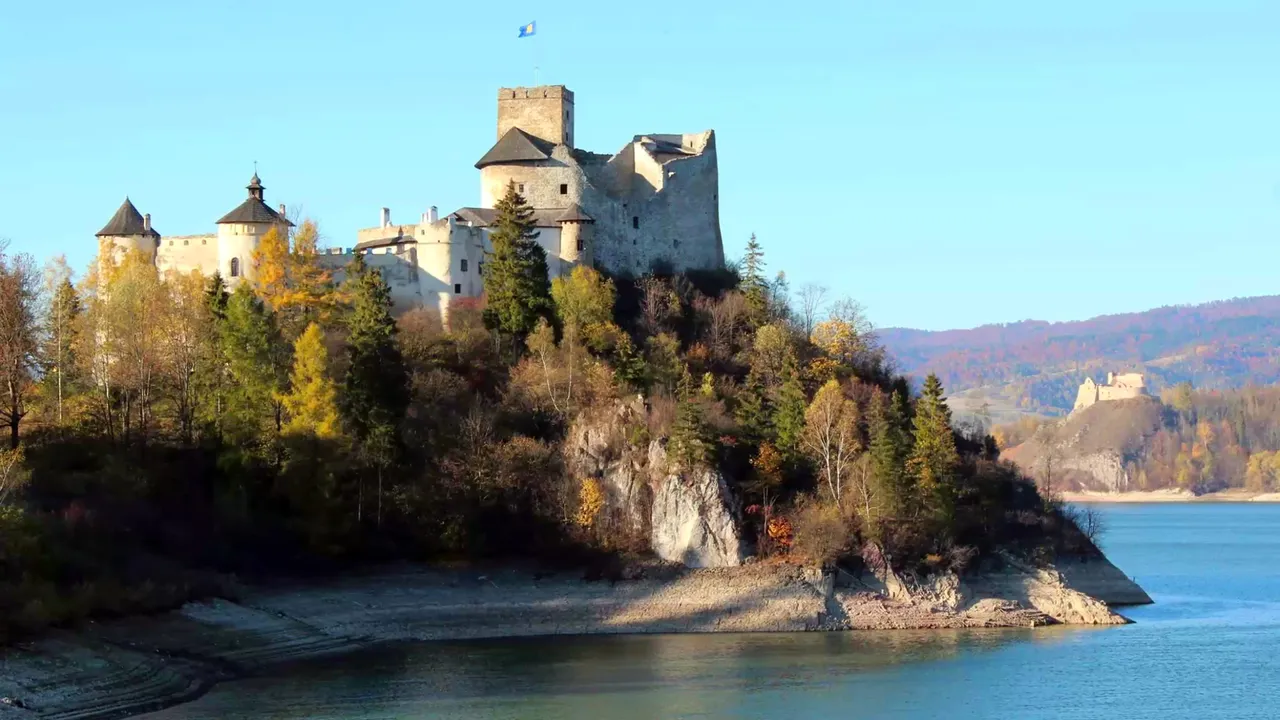
The "Dunajec" Castle in Niedzica was built in the first half of the 14th century. It was erected by Kokosz Berzewicz in order to defend the northern borders of Hungary.
Zamek „Dunajec” w Niedzicy powstał w I połowie XIV wieku. Wzniesiony został przez Kokosza Berzewiczego w celu obrony północnych granic Węgier.
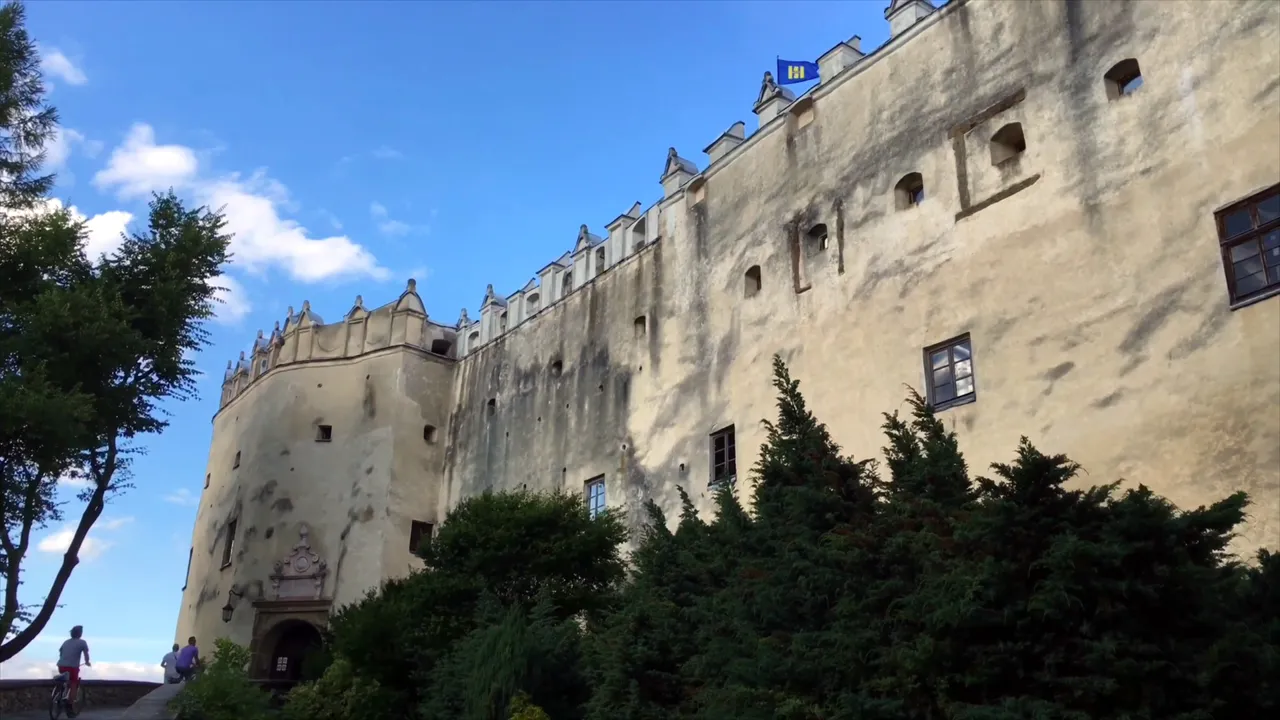
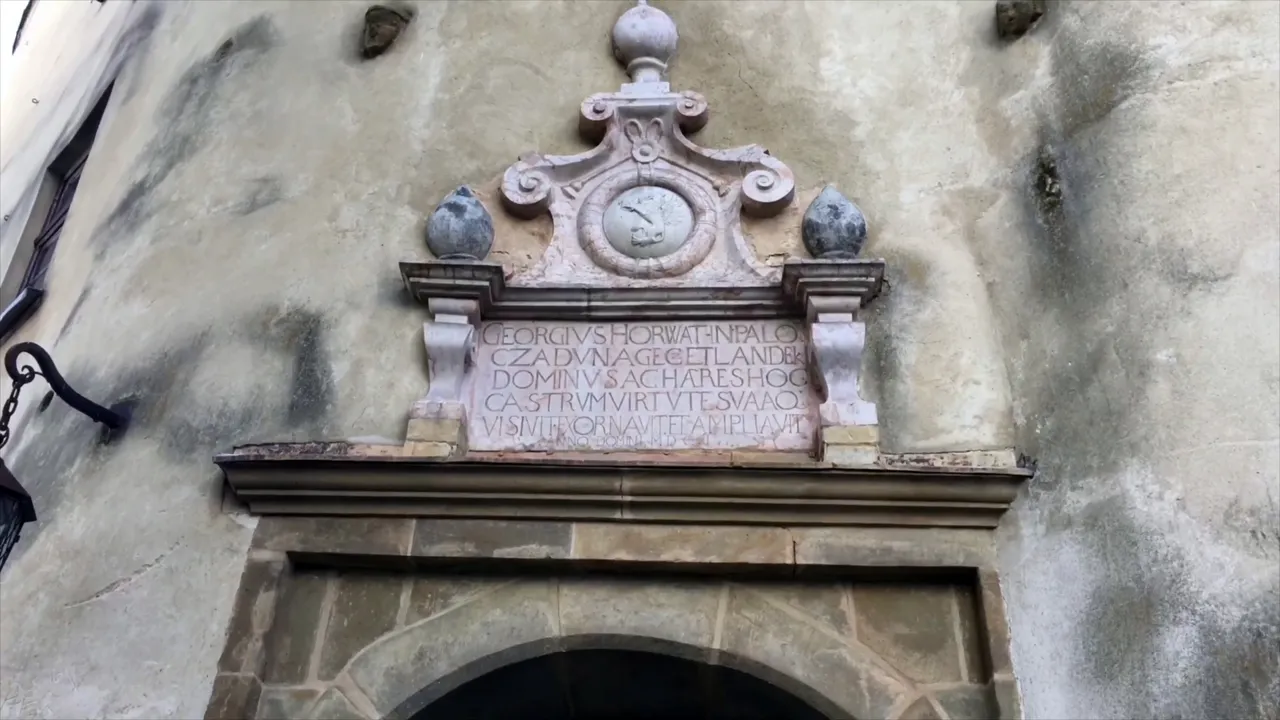
It remained under Hungarian rule until 1945, although after World War I it belonged to Poland.
Pozostawał w węgierskim władaniu aż do 1945 roku, choć po pierwszej wojnie światowej terytorialnie należał już do Polski.

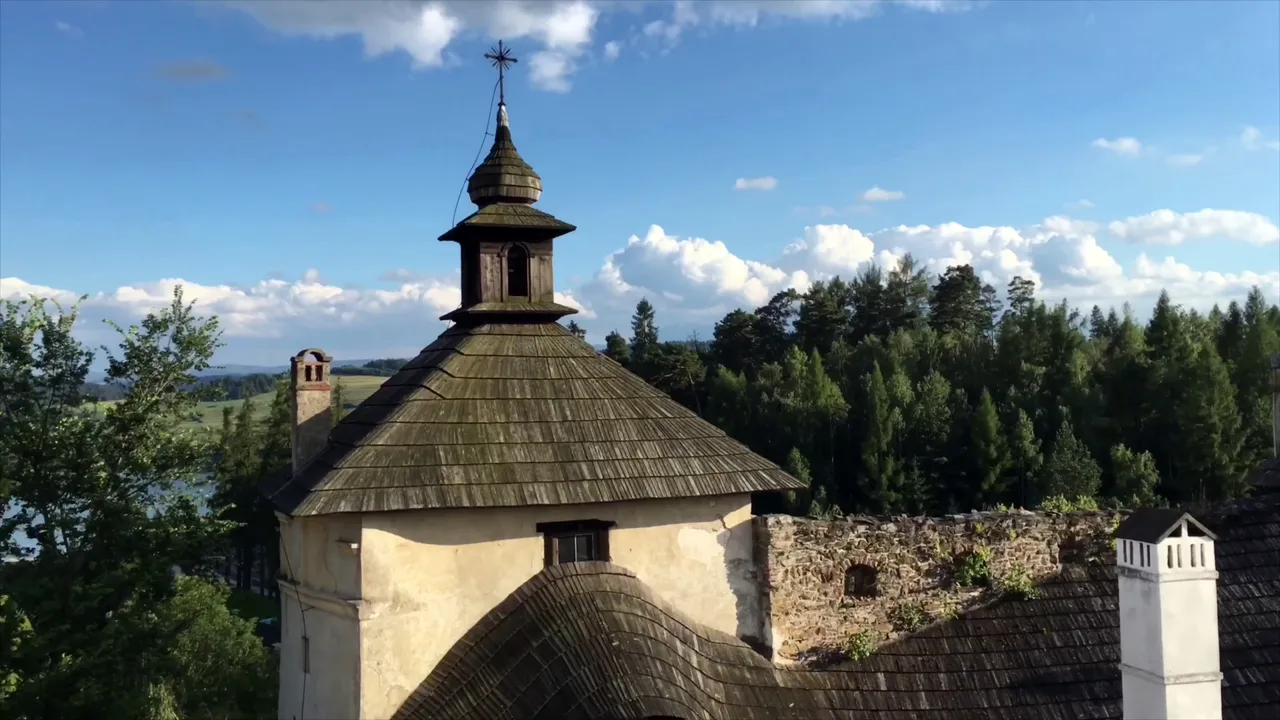

The Second World War brought the castle to total ruin. Only in 1963, the castle was open to the public.
Druga wojna światowa doprowadziła zamek do totalnej ruiny. Dopiero w 1963 roku zamek nadawał się do zwiedzania.
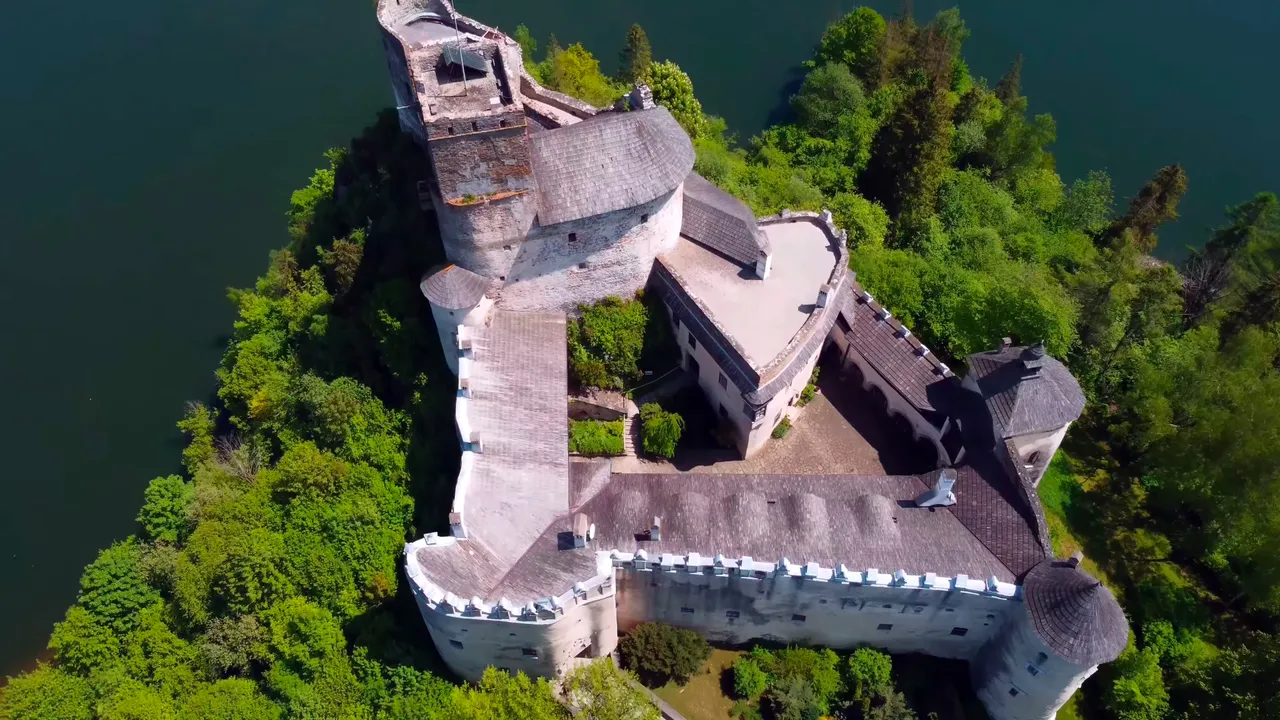
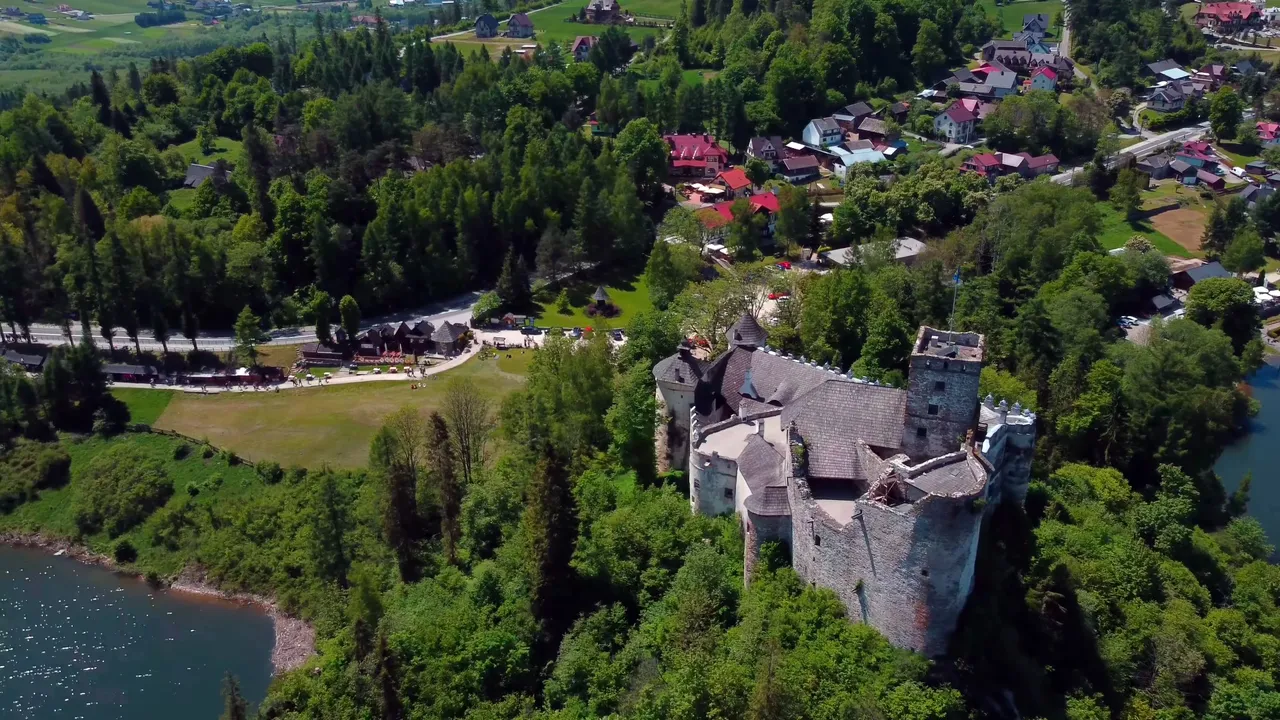
Currently, there is a museum and guest rooms. In addition to the Castle, we can visit the coach house and the Granary.
Obecnie znajduje się muzeum oraz pokoje gościnne. Poza Zamkiem możemy zwiedzić Wozownię i Spichlerz.
Coach House - former fuel storage
Wozownia - dawny magazyn opału

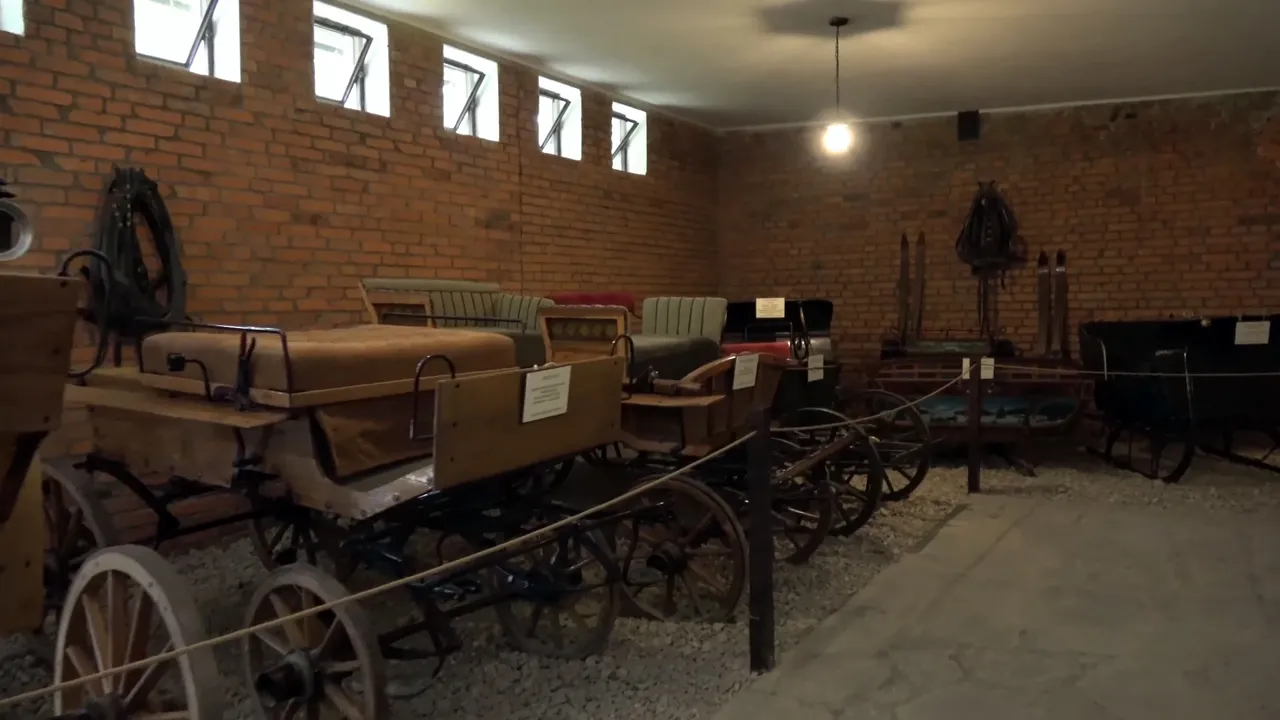
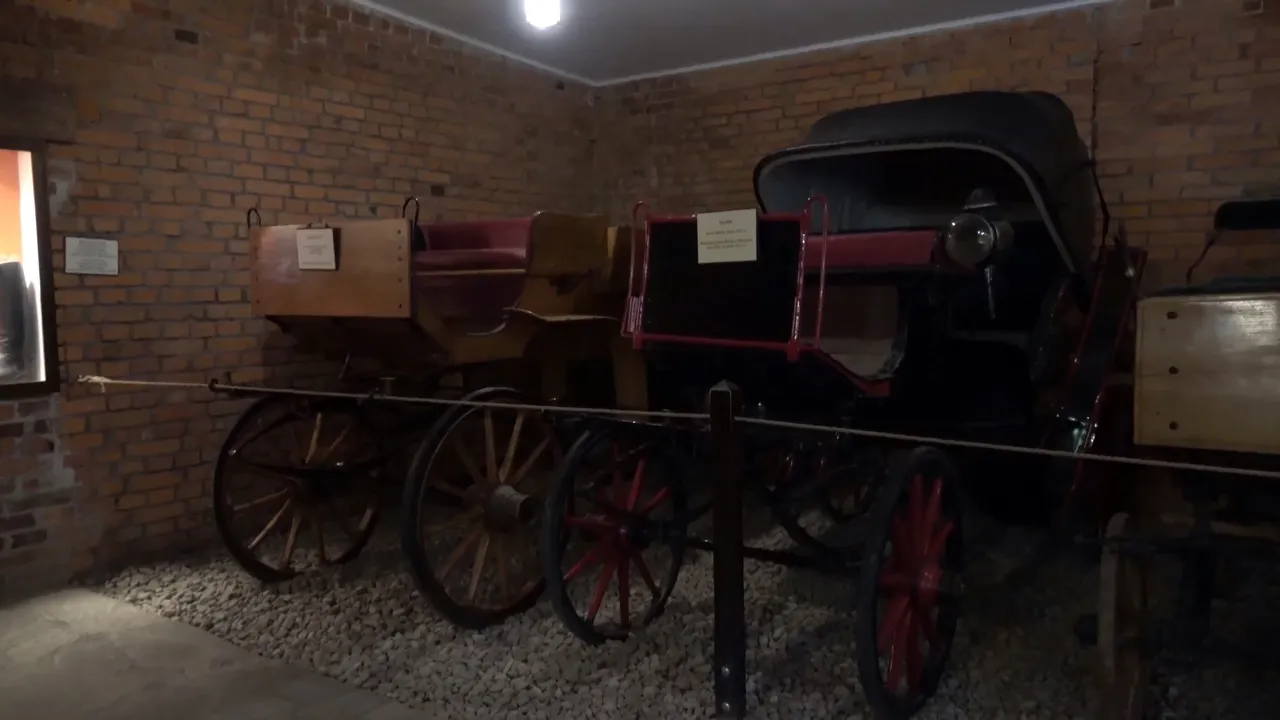
In the building that once served as a fuel store, coach houses were opened. It houses many interesting carriages, props such as harnesses, suitcases, trunks and bags from the years 1900-1939.
W budynku który służył kiedyś jako magazyn opału otwarto wozownie. Mieści się w niej wiele ciekawych powozów, rekwizytów typu uprzęże, walizy, kufry czy torby z lat 1900-1939.

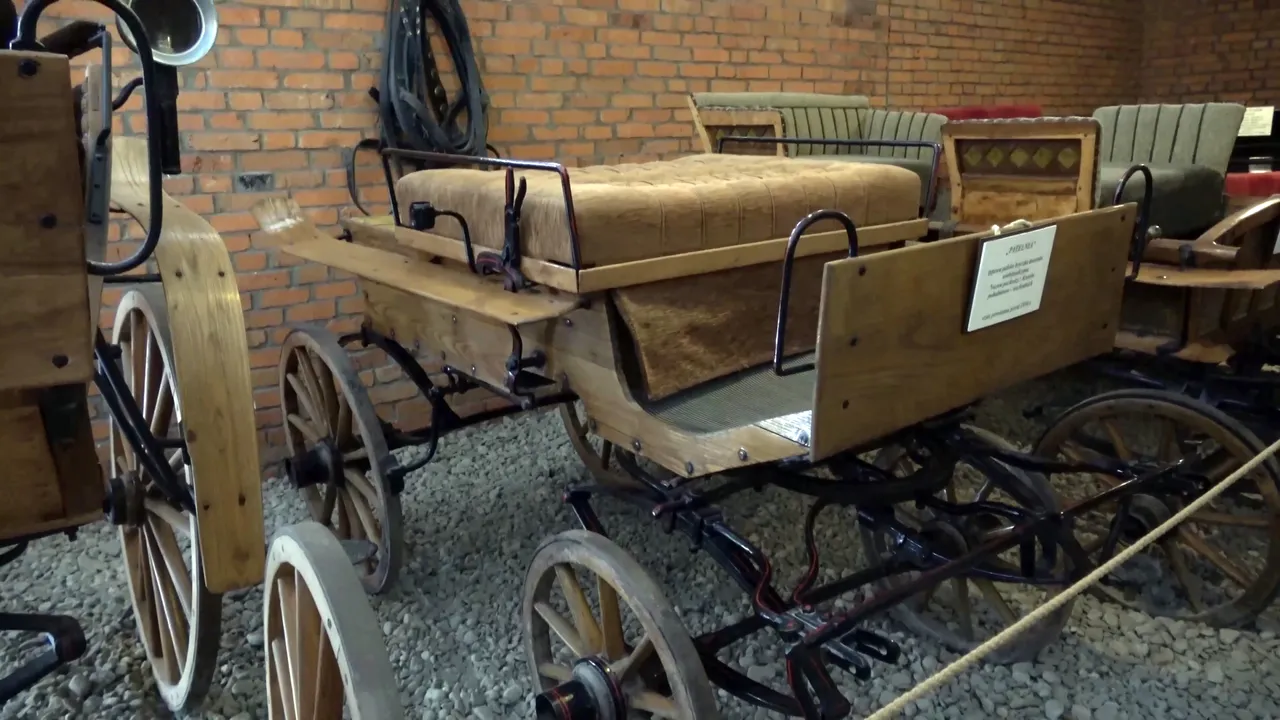
Among the carriages there are such curiosities as "Czortopchajka" or "Bałagułka" - carriages from the former Eastern Borderlands. There are also well-preserved 100-year-old sleighs from the Eastern Borderlands.
Wśród powozów znajdują się takie ciekawostki jak „Czortopchajka” czy „Bałagułka” – powozy pochodzące z dawnych Kresów Wschodnich. Są równie świetnie zachowane 100 letnie sanie z Kresów wschodnich.
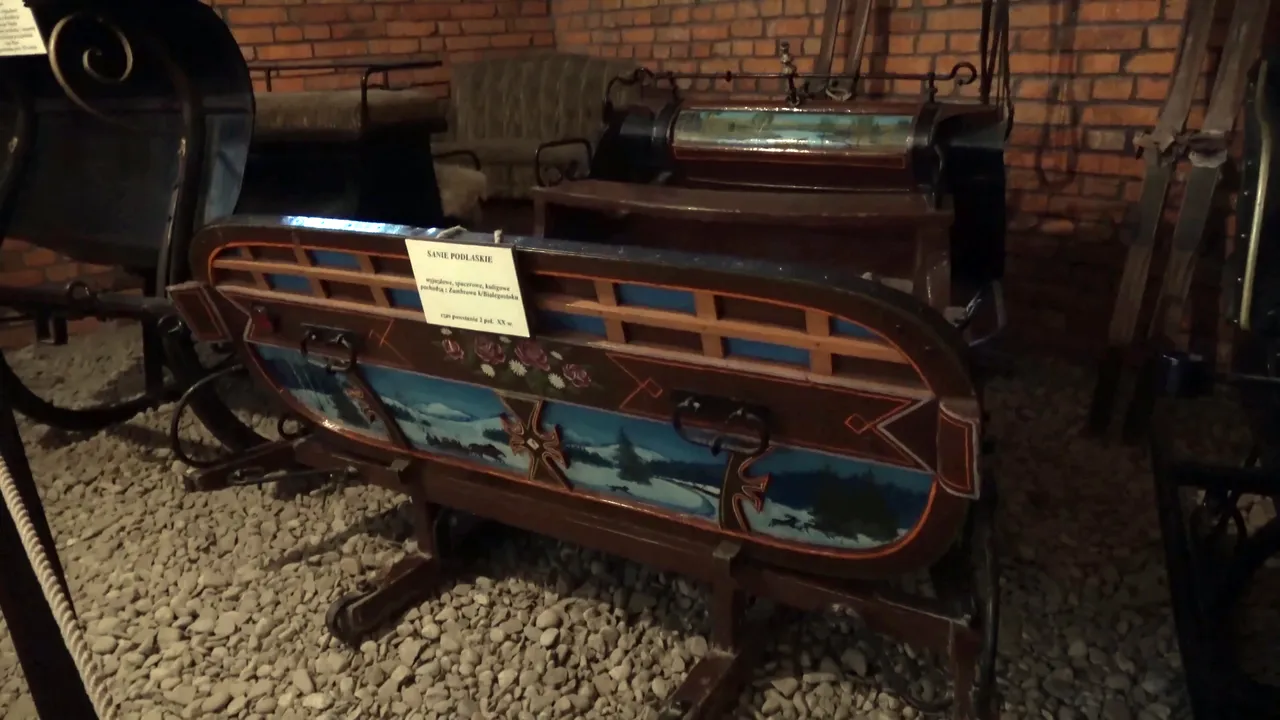
The chapel in the castle was erected in the second half of the 14th century
Kapliczka na zamku została wzniesiona w drugiej połowie XIV wieku
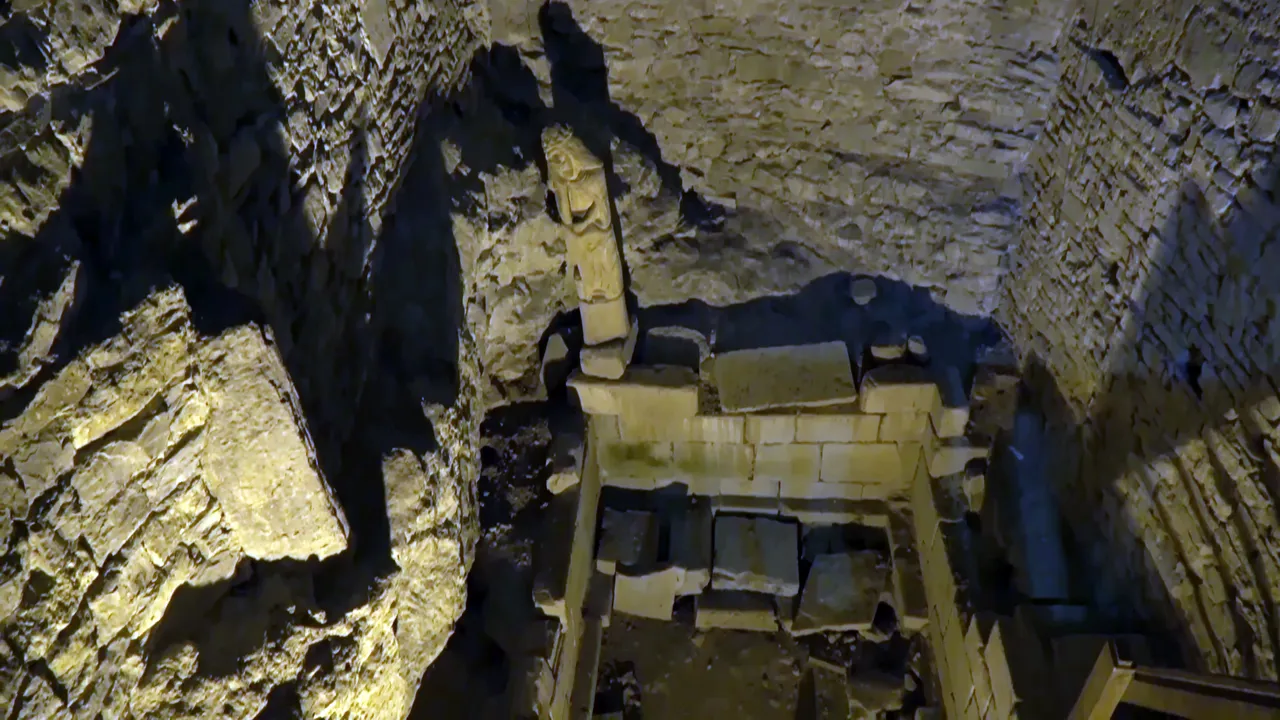
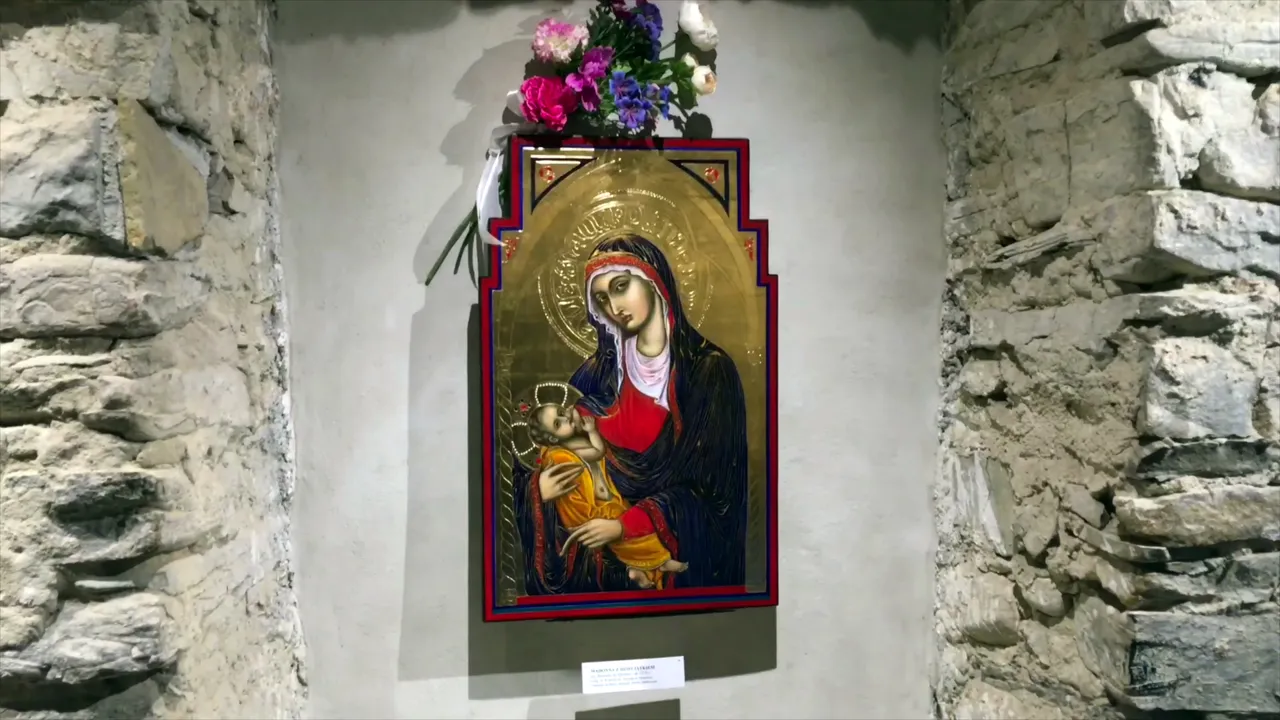 |  |
|---|---|
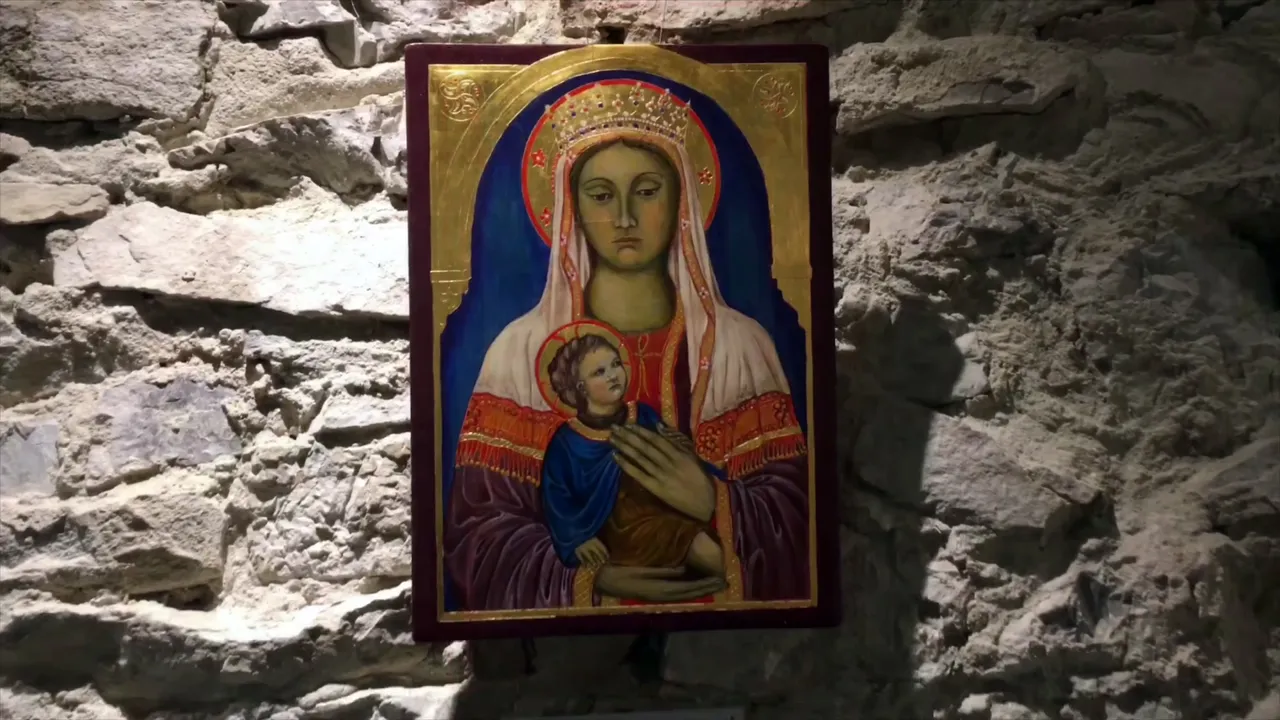 | 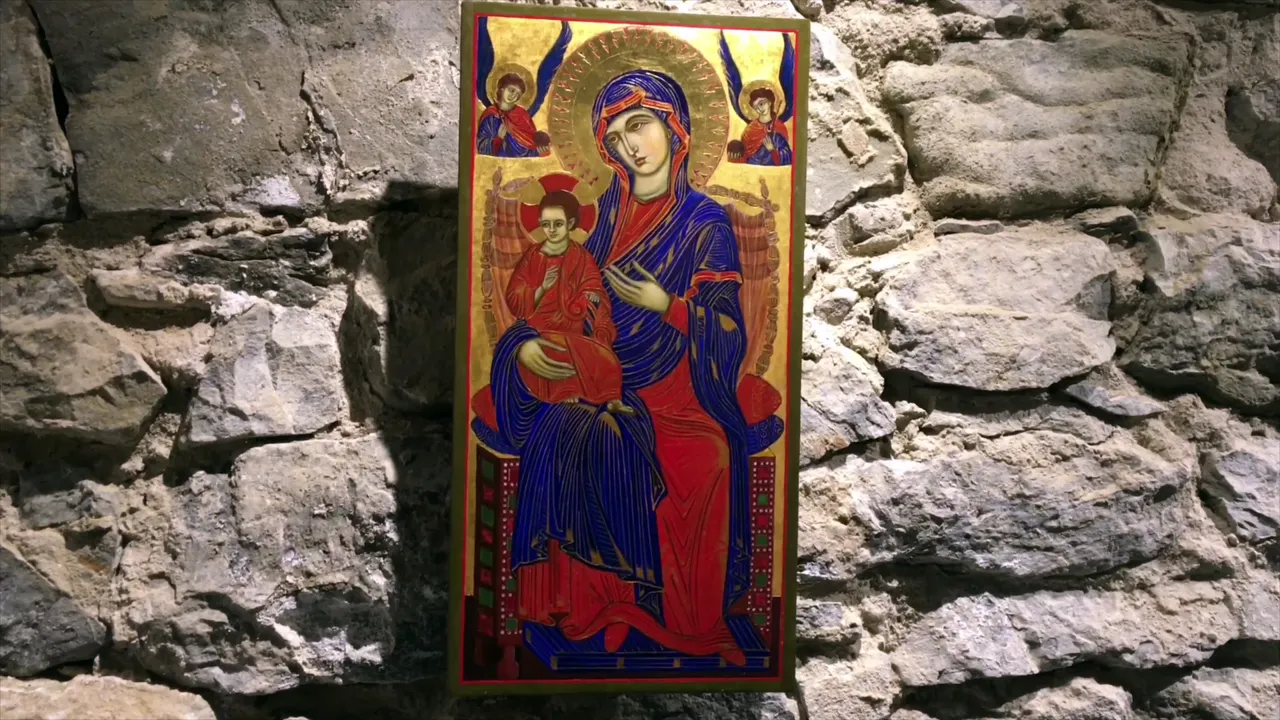 |
| - | - |
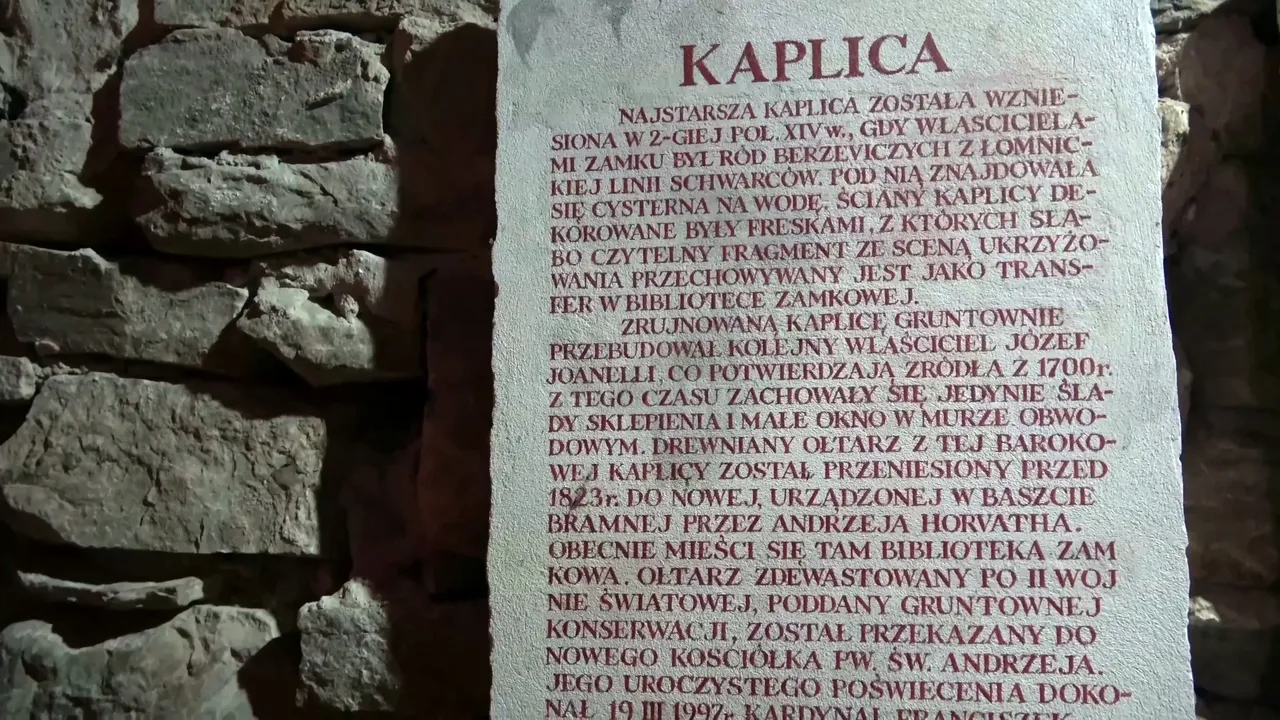
The legend of Janosik, which jumped across the Dunajec
Legenda o Janosiku, co przez Dunajec skakał
One day, Janosik was having fun with all his gang in one of the taverns in the Pieniny Mountains. He was reported and Janosik was captured, chained and placed in a dungeon. And since he was strong, he broke the shackles and got out of the Castle.
Pewnego dnia Janosik z całą swoja bandą bawił się w jednej z karczm w Pieninach. Doniesiono na niego i Janosik został pojmany, zakuty i umieszczony w lochu. A jako że był silny, rozerwał kajdany i wydostał się z Zamku.
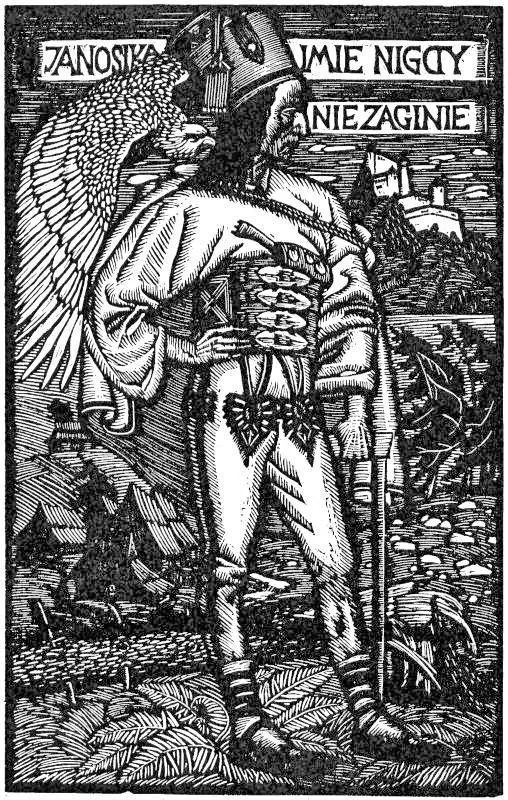
Drzeworyt „Janosik” autorstwa Władysława Skoczylasa / Woodcut "Janosik" by Władysław Skoczylas
According to legend, the famous bandit harnaś - Janosik - during his escape from the castle from the haiduks, jumped over the Dunajec, thus regaining freedom. The evidence for this is to be the traces of Janosik moccasins on one of the rocks by the Dunajec River.
*Według legendy słynny na całe Podhale zbójnicki harnaś - Janosik – podczas ucieczki z zamku przed hajdukami, przeskoczył Dunajec odzyskując w ten sposób wolność. Dowodem na to mają być ślady janosikowych kierpców odbite na jednej ze skał nad Dunajcem. *
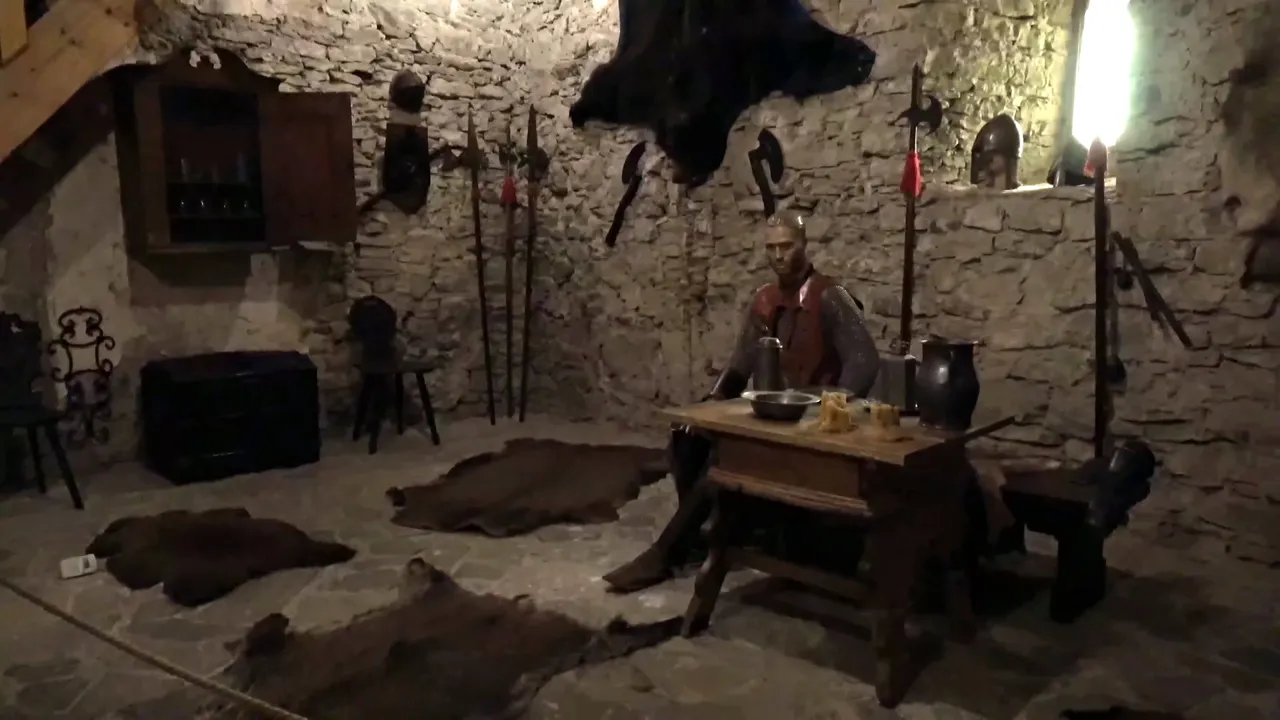
The legend of unhappy love - "Forgive me Brunhilda"
Legenda o nieszczęśliwej miłości - ,,Przebacz mi Brunhildo,,
The legend is known so much, at least to a part of the Polish community, that the theme of Brunhild appeared in one of the episodes for children and teenagers of the series Holidays with Ghosts. Scenes for such films as "Zemsta", "Mazepa" and "Janosik" were also shot.
Legenda o tyle znana, przynajmniej części polskiej społeczności, że motyw Brunhildy pojawił się w jednym z odcinków dla dzieci i młodzieży serialu Wakacje z duchami. Kręcono również sceny do takich filmów jak: „Zemsta”, „Mazepa” czy „Janosik”.
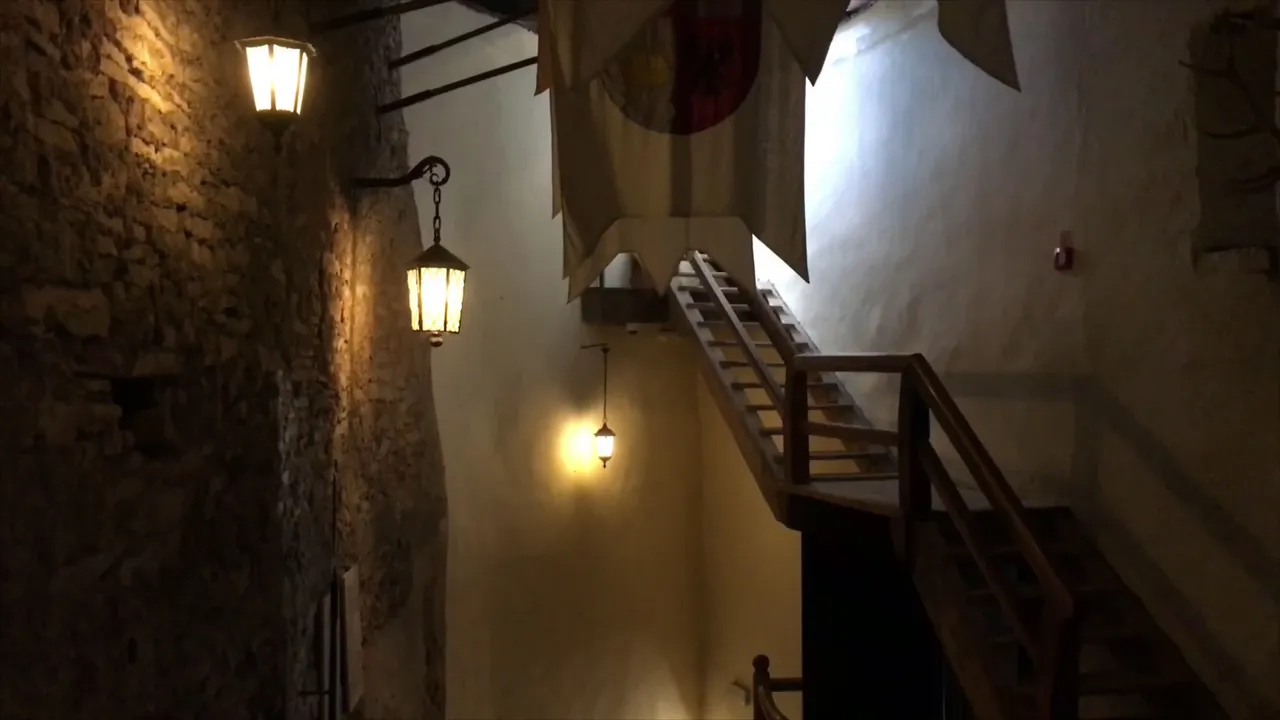
In short, it is a story about the unhappy love of the beautiful princess Brunhild and prince Bolesław. During the marital quarrel, Bolesław pushed his wife Brunhilda so unfortunately that she fell straight out of the castle window into the well and drowned. Bogusław fell into despair and, tormented by remorse, wandered around the castle for days and moaned: "Forgive me, Brunhilde."
W skrócie to opowieść o nieszczęśliwej miłości pięknej księżniczki Brunhilda i księcia Bolesława. Podczas kłótni małżeńskie Bolesław tak niefortunnie popchnął małżonkę Brunhildę, że ta wypadła z zamkowego okna wprost do studni i utonęła. Bogusław, wpadł w rozpacz i dręczony wyrzutami sumienia całymi dniami błąkał po zamczysku i jęczał: „Przebacz mi Brunhildo”.
After Bolesław's death, the inhabitants of the castle said that at night the ghost of a poor prince wandered around the courtyard of the stronghold, repeating over and over again "Forgive me Brunhild". He meets his deceased wife and the two brides - already reconciled - sit down together by the unfortunate well.
Po śmierci Bolesława, mieszkańcy zamku opowiadali, że nocami po dziedzińcu warowni snuje się duch biednego księcia, powtarzający wciąż „Przebacz mi Brunhildo”. Spotyka on swoją zmarłą małżonkę i obie mary – już pogodzone – siadają wspólnie nad feralną studnią.
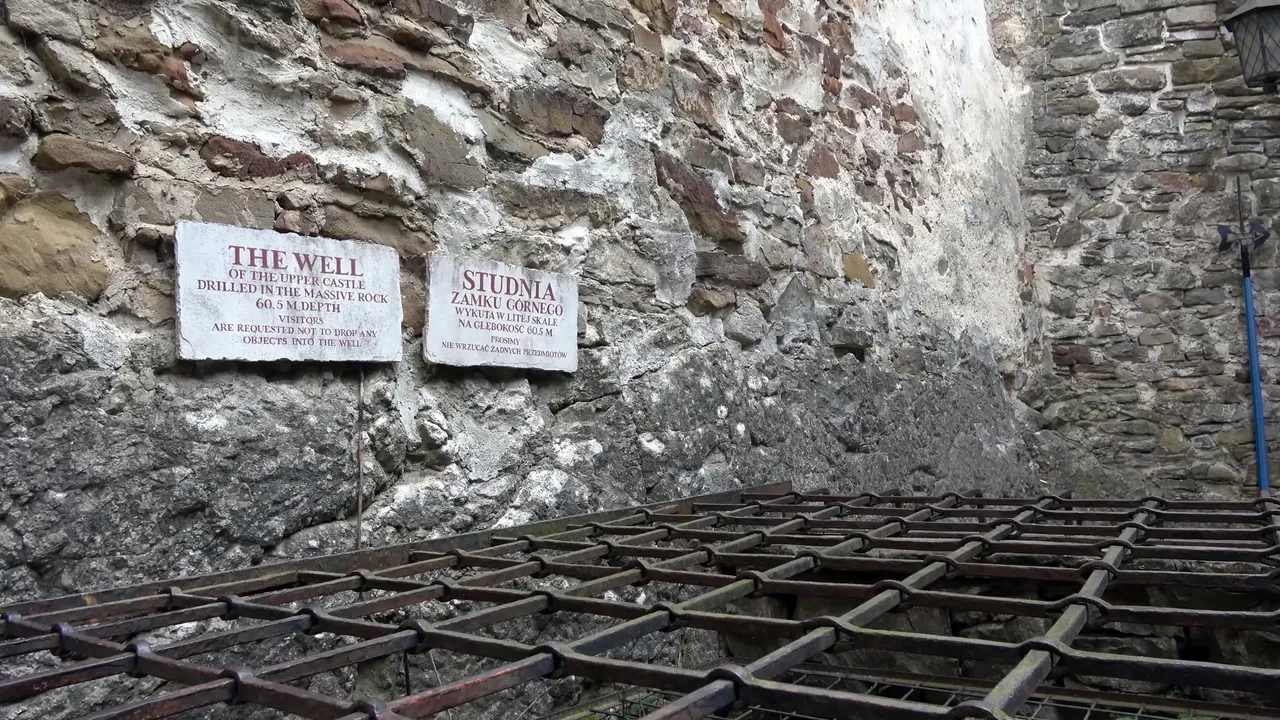

There is a museum in the Castle which was established in 1963. There are exhibits gathered in various castle rooms.
Na Zamku funkcjonuje muzeum, które rozpoczęło działalność w 1963 roku. Znajdują się w nim eksponaty zgromadzone w różnych pokojach zamkowych.
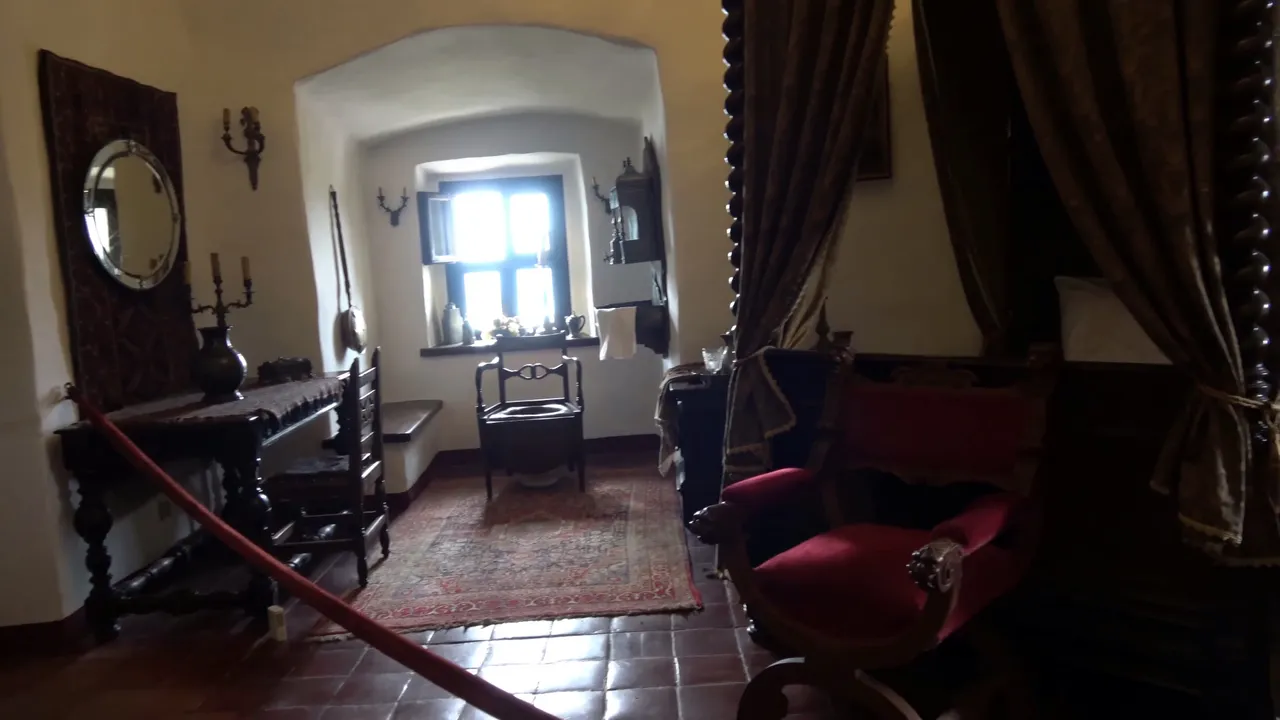
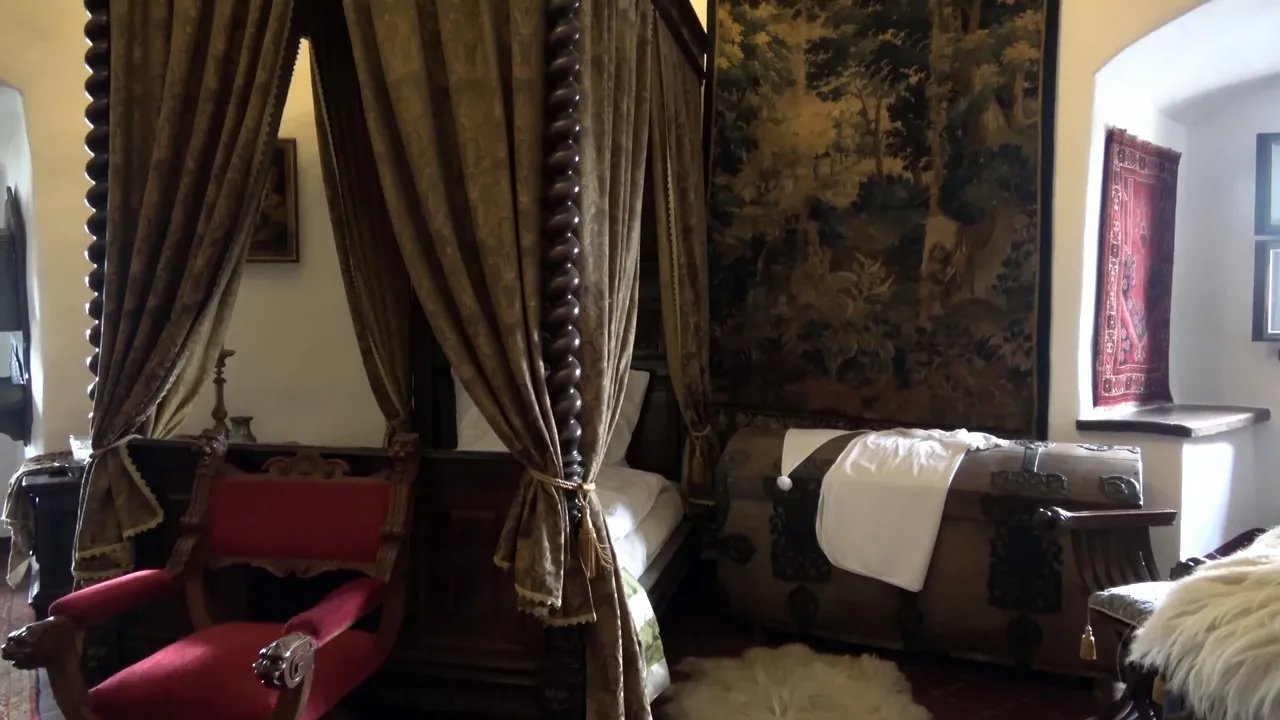
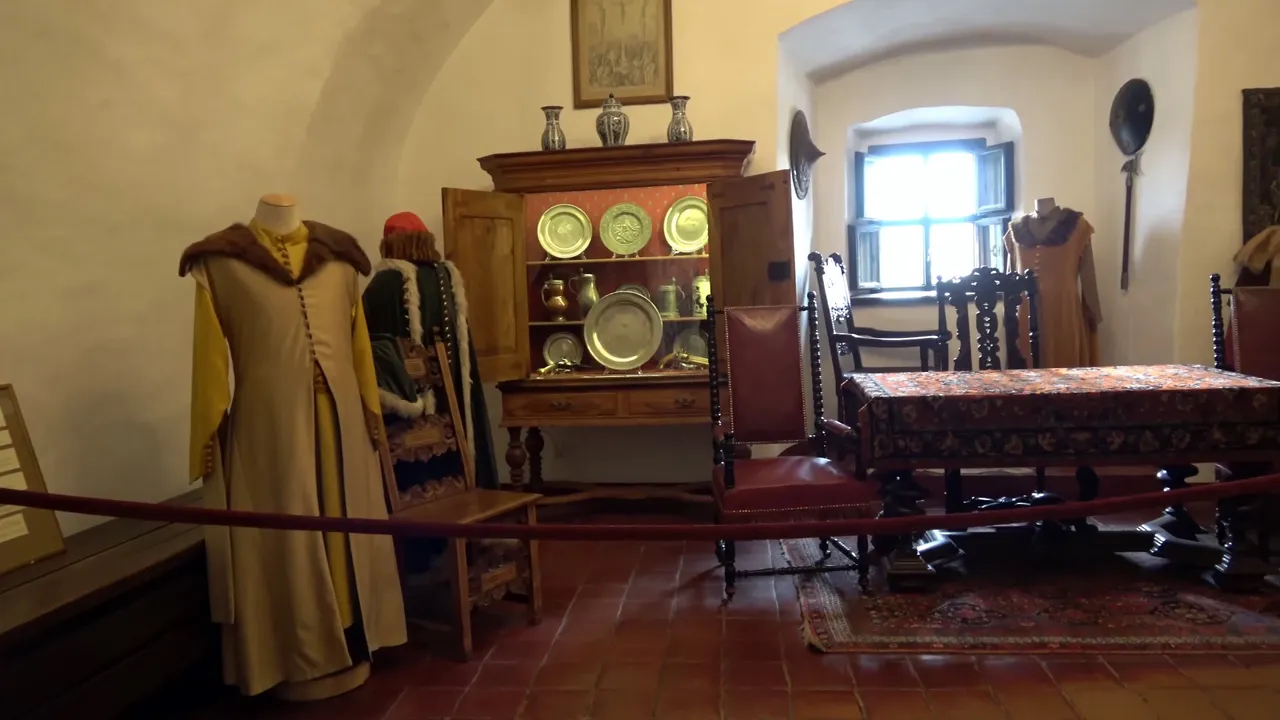
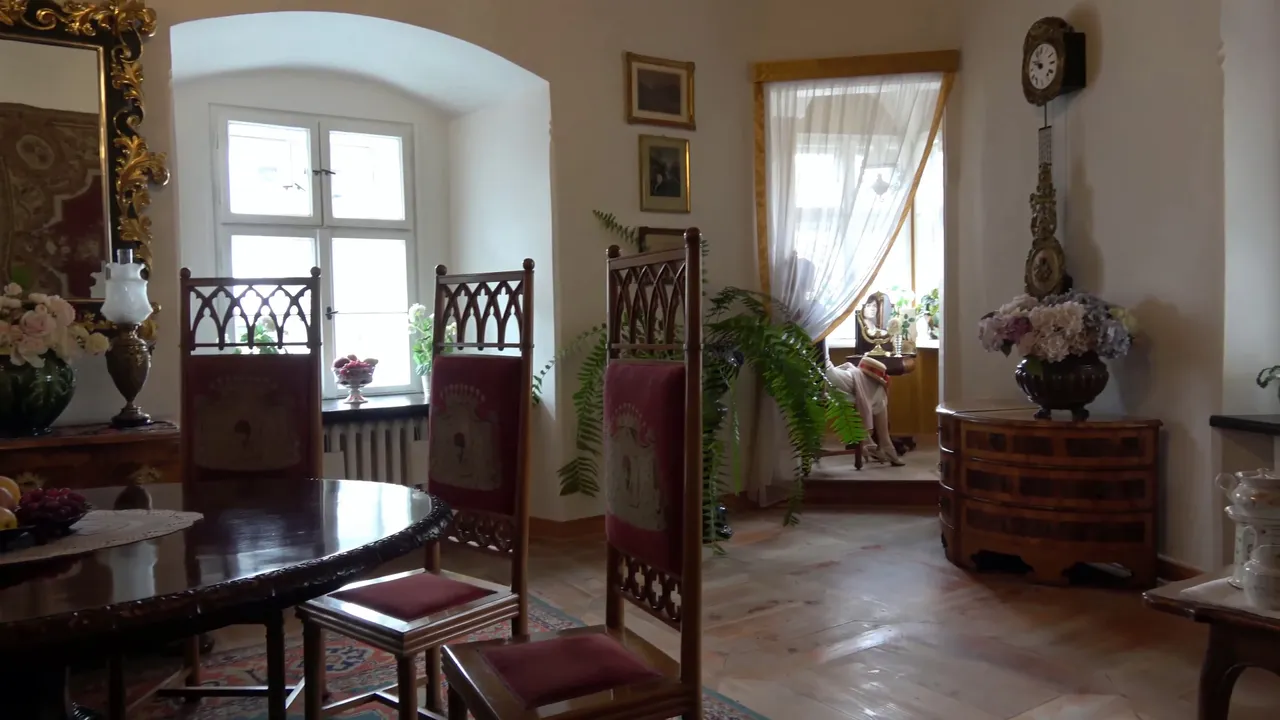
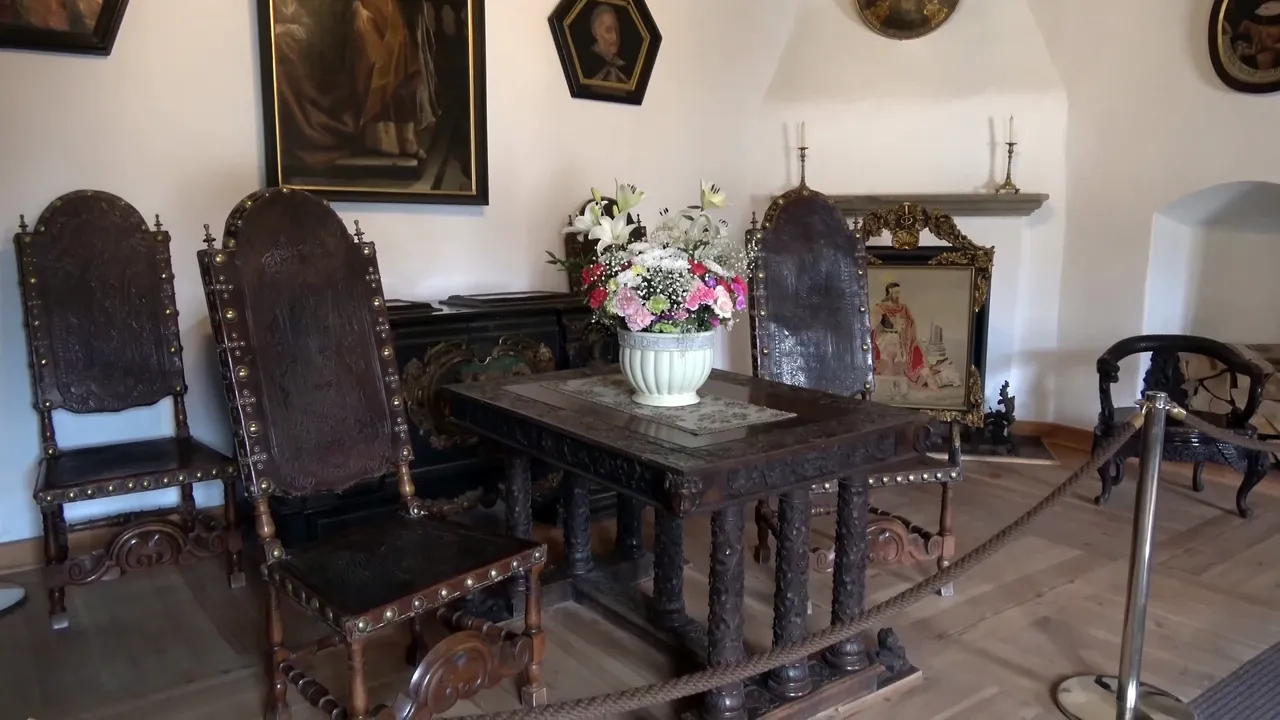
There is a prison with a torture chamber, a bedroom and chambers of the Spiš zupan and chambers of the Salamon family - the last owners of the castle.
Jest więzienie z izbą tortur, sypialnia i izby żupana spiskiego oraz komnaty rodziny Salamonów – ostatnich właścicieli zamku.
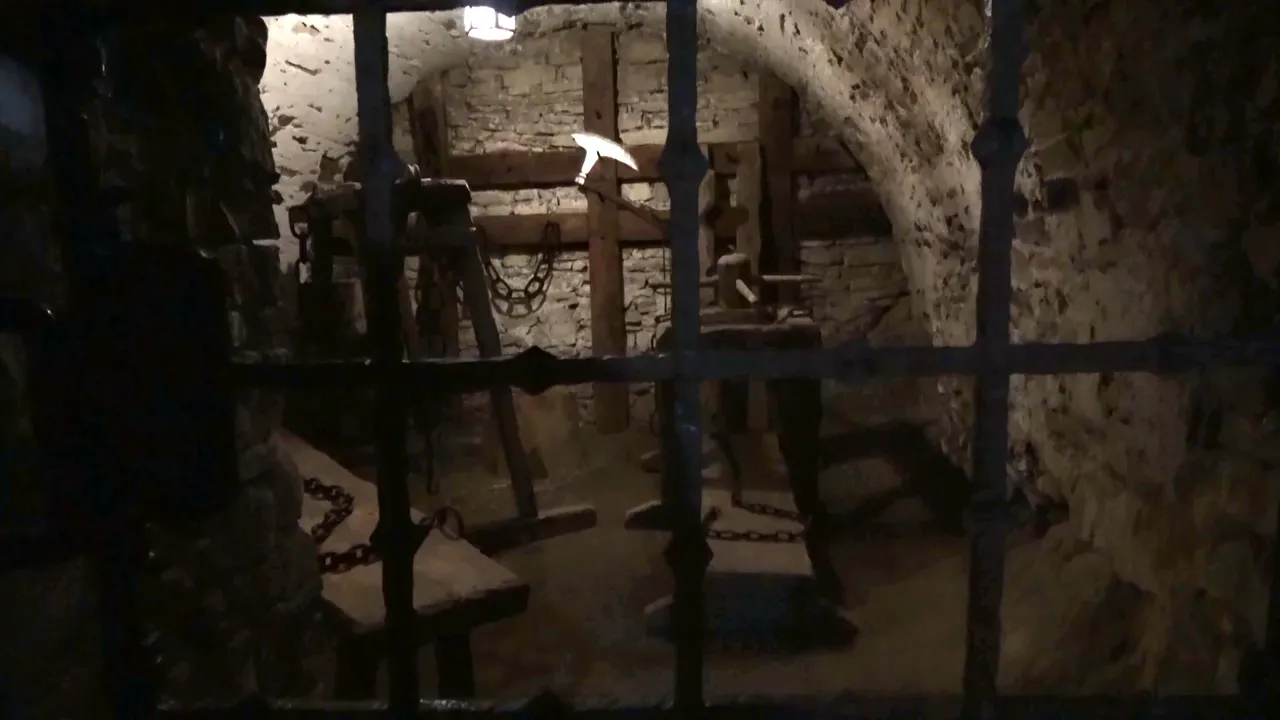
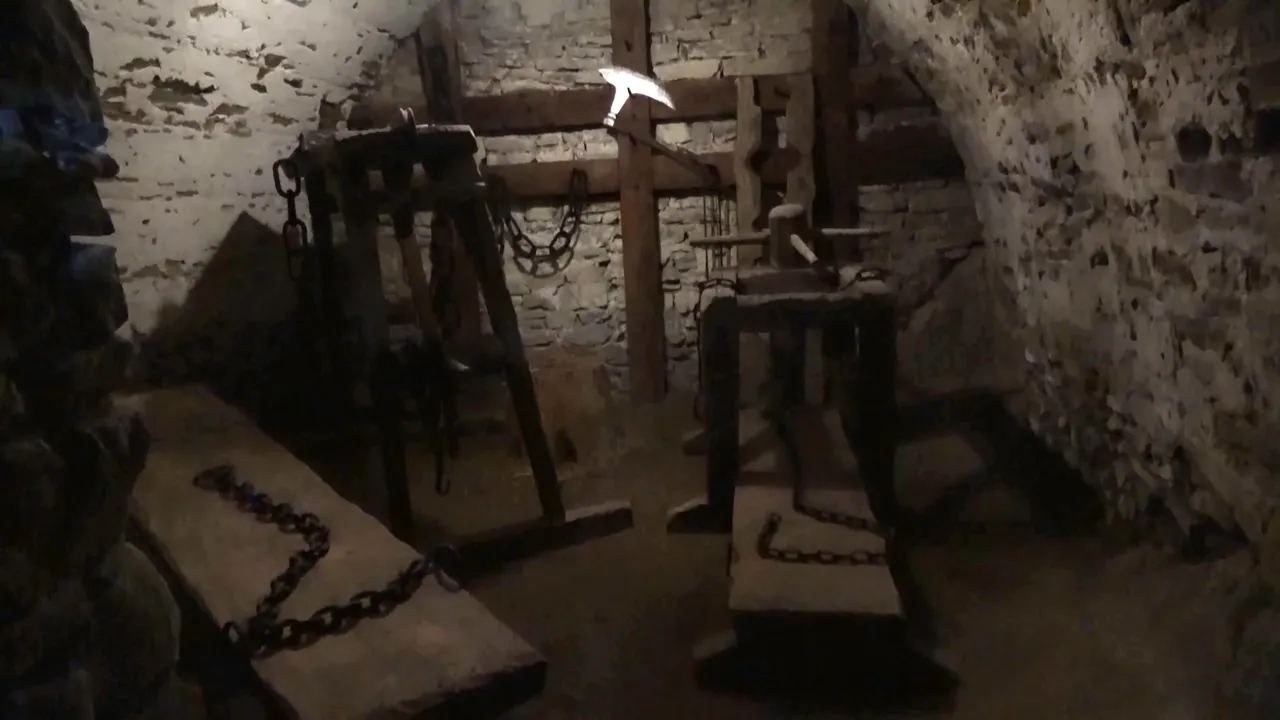
In the historical halls, you can see monuments in the form of old photographs and coats of arms of the owners.
W salach historycznych można obejrzeć zabytki w postaci starych fotografii, herbów właścicieli.
The Inca treasure hidden in the Niedzica castle?
Skarb Inków ukryty na zamku w Niedzicy?
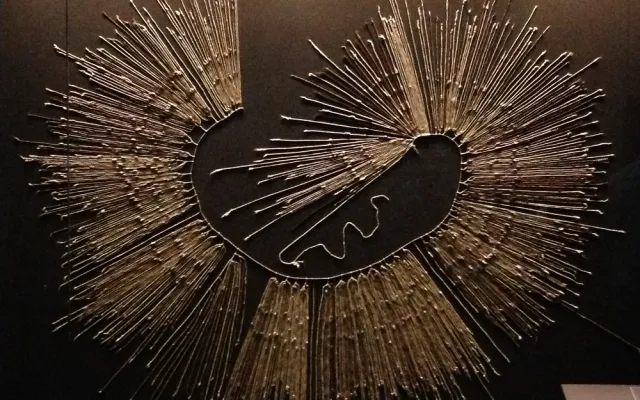
photo: tojuzbylo.pl
There is also a legend that tells that the Inca treasure was hidden in the Niedzica castle. The story is partially true, because the evidence of contact with the Incas is the discovery of a kipu in the castle, which is an ancient form of recording the Inca in the form of knots ...
Istnieje również legenda opowiadająca, jakoby na zamku w Niedzicy ukryty był skarb Inków. Historia po części prawdziwa, bo dowodem na kontakt z Inkami jest znalezienie na terenie zamku kipu, które jest starodawną formą zapisu inków w postaci węzełków....
Enjoy
